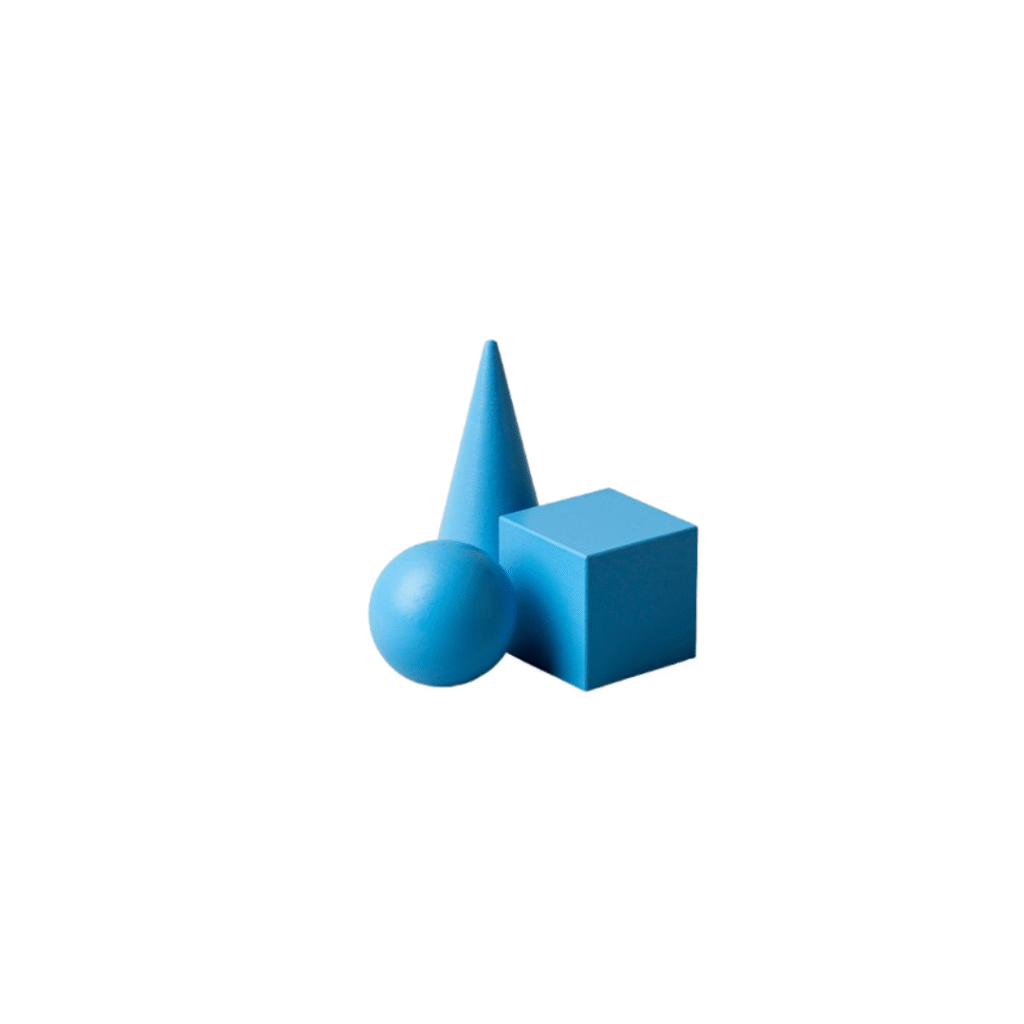Gravitation: Dropping Objects
Investigate the physics of free fall. This experiment demonstrates that in the absence of air resistance, acceleration due to gravity is independent of mass, and explores the related concepts of time and potential energy.
Key Concepts: Free Fall & Acceleration (g)
▼The acceleration of an object dropped near the Earth's surface due to the planet's gravitational pull. For calculations, we typically use $$ g = 9.8 \text{ m/s}^2 $$.
The time taken for an object to fall from a height ($h$) with zero initial velocity is given by the kinematic equation (neglecting air resistance): $$ t = \sqrt{\frac{2h}{g}} $$
The energy stored in an object due to its position above the ground: $$ PE = m \cdot g \cdot h $$
Experiment 1: Free Fall Time Simulation
Observe the theoretical time of fall from a certain height ($h$) for objects of different mass ($m$). (Assume vacuum).
Conclusion: Time is independent of mass (in vacuum).
Experiment 2: Gravitational Energy Challenge
Given the mass and height, calculate the **Potential Energy** ($PE$) of the object. ($g=9.8 \text{ m/s}^2$).
While the equations show that time is independent of mass, in reality, a feather falls slower than a rock. This difference is entirely due to **air resistance**. Air resistance is a frictional force that depends on the shape and surface area, not just the mass. In a vacuum, all objects fall at the same rate.
Advanced Gravitational Concepts (Class 9)
The law states that every object in the universe attracts every other object with a force ($F$) which is proportional to the product of their masses ($m_1, m_2$) and inversely proportional to the square of the distance ($r$) between them. $$ F = G \frac{m_1 m_2}{r^2} $$
- **Mass ($m$):** The measure of the amount of matter in an object. It remains constant everywhere. SI Unit: kilogram ($\text{kg}$).
- **Weight ($W$):** The force with which the Earth attracts an object ($W = m \cdot g$). It changes depending on the value of $g$. SI Unit: Newton ($\text{N}$).
The force acting on an object perpendicular to the surface is called **Thrust**. **Pressure** is the thrust per unit area. This concept explains why heavy objects (like a ship) float and sharp objects (like a knife) cut easily.



